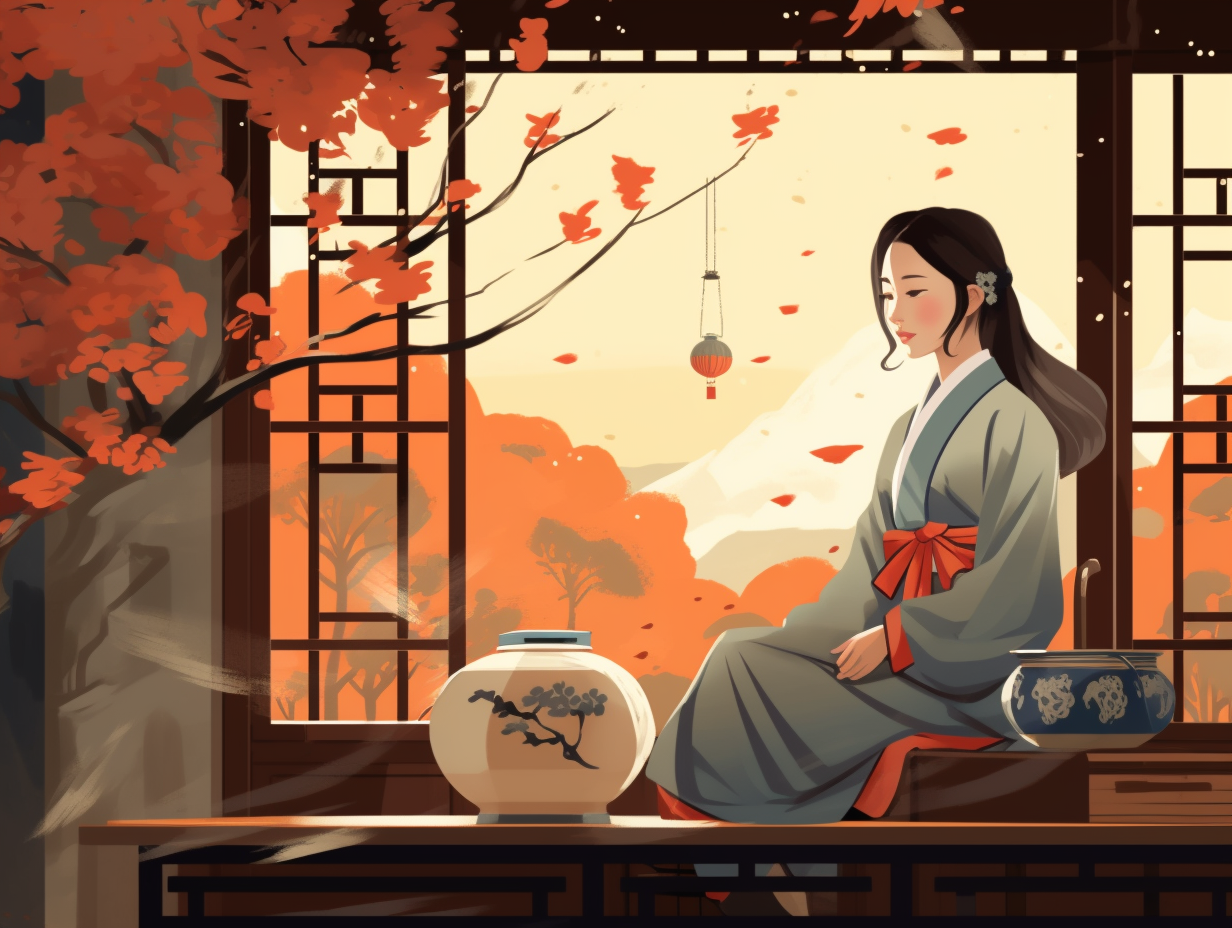Discover the Top 12 Most Fascinating Fun Facts About the Korean Language

1. King Sejong's Alphabet Makeover
"When life gives you lemons, make lemonade... or just invent a new alphabet for your people": In 1446, King Sejong introduced Hangul or "Hunminjeongeum" (meaning "the proper sounds for instructing the people") as an easier alternative to the Chinese writing system, Hanja, leading to a significant drop in illiteracy rates in Korea, and cementing the country's position as one with the highest literacy rates – a world-class achievement still celebrated today with Hangeul Day on October 9th and Sejong Institutes globally.
Source => korea.net
2. Hangul: The Breezy and Chic Alphabet
Once upon a time in 15th-century Korea, there was a wise king with a flair for intuitive design, who gave the Chinese characters an early retirement and kicked off Project Alphabet Makeover: King Sejong, along with his trusty Hall of Worthies, spent one fabulous year crafting Hangul, an alphabet so easy and breezy that even a non-scholar could become a character connoisseur in mere days, thanks to its 14 chic consonants and 10 voguish vowels!
Source => fluentu.com

Did you know that giving a clock as a gift in South Korea is considered bad luck for the elderly? Discover why and find out alternative gift options! 🇰🇷🕰️🚫
=> Fun Facts about South-Korea
3. Hangul's Chart-Topping History
Step aside, alphabets of the world, for Hangul hails from the land of K-pop and K-dramas with its own chart-topper: invented by a real-life Korean king, this script gives Cinderella's fairy godmother a run for her money in the make-it-simple department. Hangul, the official writing system of South Korea, only hit the scene 500 years ago, courtesy of King Sejong the Great: he dropped it like it was hot, with 24 sleek letters, and the most intricate character maxing out at a meager five strokes, making it one of the most scientifically designed and easy-to-learn alphabets on Earth.
Source => 90daykorean.com
4. Politeness Reaches New Heights in Korean
Hold onto your soju, because Korean takes politeness to new heights: In the Korean language, there are three factors for honorific speech - subject honorification, object exaltation, and addressee honorification - which must be used properly to avoid humiliation or offending someone, especially those older or of higher social status, all thanks to the hierarchical Confucianism culture influencing Korean society.
Source => blog.lingodeer.com

5. The Neigh-ver Ending Tonal Horseplay
It's neigh-ver too late to turn a new language leaf: In Korean, the word "말" can mean both "language" or "word" with a long vowel sound, and "horse" with a short vowel sound, revealing that ancient Korean was a tonal language. Giddy-up for some hilarious gallops through linguistic ambiguity!
Source => vocab.chat
6. 문장무호: Korean Punctuation Party
When punctuation marks throw a party, Korean punctuation really knows how to 문장무호-ver on the dance floor: Korean punctuation marks are called 문장무호 (munjangmuho), each with specific and unique names, including periods, commas, question marks, exclamation marks, double and single quotation marks, ellipsis, colon, tilde, slash, parentheses, and middle dots.
Source => 90daykorean.com
7. Korean: The Art of Context and Nuance
Ever tried to decipher the coded language of teenagers or pick up on the subtleties of a minimalistic poem? Well, Korean is a natural master of both these arts: As a pro-drop language, Korean allows for the omission of subjects, particles, and even other sentence components, all based on the grammatical and semantic context. This means that Koreans rely heavily on non-verbal cues and context, making it a uniquely nuanced language – just remember to keep an eye out for the clues in colloquial conversations!
Source => koreanclass101.com
8. Undercover Consonants: Korean Sound Change
Korean consonants, much like undercover agents, change their sounds at the drop of a syllable: they go from "k" to "g" or "b" to "p" depending on their location within a word, making Korean pronunciation a thrilling yet challenging adventure, particularly for beginners!
Source => reddit.com
9. Korean Onomatopoeia and Memetic Mastery
Who let the dogs out, 댕댕 (daengdaeng) style? Korean onomatopoeia and memetic words go way beyond barking: Featuring everything from people's movements to cooking sensations, it's a witty world in a language of its own! The hilarious prelude: Korean language has a playful side with "의성어" and "의태어", which provide a unique insight into the expressive nature of the language and make your Korean conversations truly 휘휘 (hwee hwee) - stirringly awesome!
Source => learnkorean24.com

10. Pajama Pirates and Korean Greetings
Why did the pajama-wearing Korean insomniac turn pirate? To say "Jal-ja!" to everyone they'd meet: In Korean, "잘 자" means "sleep well" and can double as a casual farewell for close friends and family throughout the day, although if you want a more formal morning greeting, try "안녕하세요" or "좋은 아침입니다."
Source => fluenttongue.com
11. Hangul: A Syllable Stir-Fry
Move over, alphabet soup - there's a new syllable stir-fry in town: The Korean language boasts its unique alphabet system called Hangeul or Hangul. With 24 characters to mix and match, each block is like a mini puzzle featuring at least one vowel and one consonant, cooking up syllables to create a linguistic delicacy unlike any other.
Source => lingoclass.co.uk
12. Konglish: The Linguistic Smoothie
Feeling a little lost in translation with a Korean twist? Konglish has got you covered! This scrumptious linguistic smoothie gives your everyday English a fascinating spin on the Korean peninsula: Konglish refers to Korean-English hybrid words that either phonetically mimic English in Korean script or marry Korean and English expressions. Craving some selfie, shopping, or coffee? Don't worry, Konglish has got these, although not every English loanword in Korean can experience the honor of becoming Konglish—only those that have morphed in meaning or pronunciation.
Source => 90daykorean.com
Related Fun Facts




















